Growing a garden is a great way to beautify your home, have control over your food supply, and save money on groceries. Gardening is also good for your mental health because it increases beneficial bacteria inside your body. But there is a dark side to gardening because not all gardening products are equal. There are several precautions to take if you want to maintain a healthy garden, including avoiding toxic items. This investigation delves into what to look for and what to avoid. You’ve trusted Mamavation to bring you topics like best & worst organic milk, best & worst organic mattresses, and safer cookware, now join us as we take you through gardening and all the products you would need to have a non-toxic garden.
Disclosure: This post contains affiliate links.
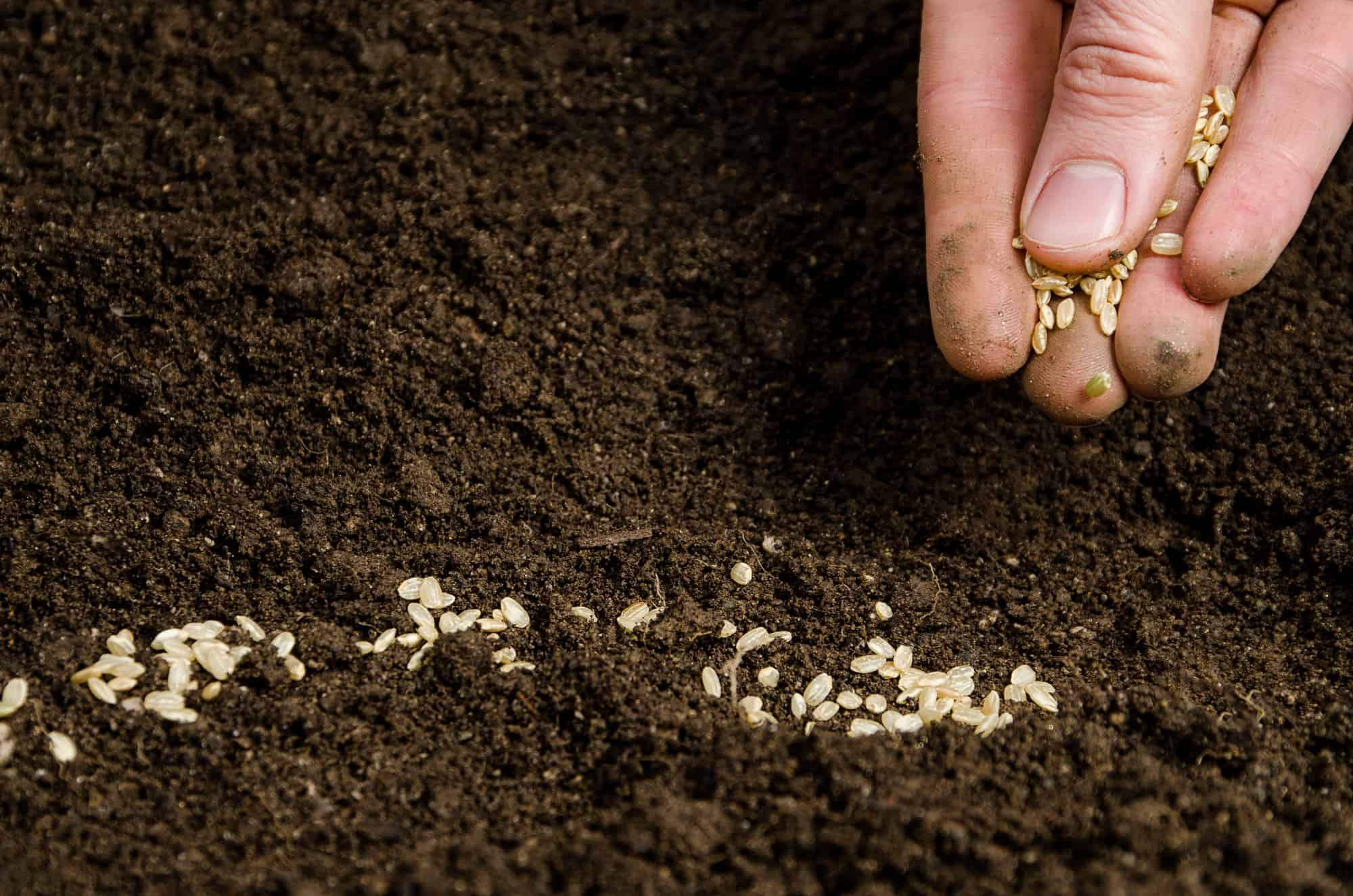
Table of Contents
Seeds–The Beginning of Life
The first thing you’ll need to start your garden, of course, is seeds but not all seeds are equal. If you pick the wrong seeds, you could be growing a toxic garden! You have several options in buying seeds:
- Heirloom or heritage seeds. These are pure, non-GMO seeds that allow you to keep your seeds from your harvest to plant new generations every year. This results in robust plants with the same result every year.
- Hybrid seeds. These are plants that have been created by cross-pollinating two different yet related kinds of plants and have been bred over the years. While you might end up with a bigger plant, it’s not necessarily better. It’s hard to reproduce the results when you take the seeds, leaving you with weaker plants and wasting the seeds. Basically, with hybrid plants, you can’t save and reuse your seeds nor get the same result as you keep planting.
- Genetically modified (GMO) seeds. These lab-created seeds have come about by smashing together the DNA of two unrelated items – and not just seeds. Bt Corn is a GMO crop created by adding the genetic material of a bacteria – meaning that a pesticide is now part of the plant. Obviously, you’d want to avoid GMO seeds in a green garden. You are very unlikely to be able to get your hands on genetically engineered seeds unless you are a farmer, so don’t worry about them at your local gardening store.

Mamavation’s Recommendations for Heirloom Seeds
Because heirloom seeds are not processed, modified or treated, we think they are the best for gardening. Here are some recommended places to get heirloom seeds:
- Clear Creek Seeds
- Fedco Seeds
- High Mowing Organic Seeds
- Seeds Savers Exchange
- Seeds for Generations
- Territorial Seed Company
- Terrior Seeds
Organic Material Review Institute Certified–What to Look for in Soils, Pesticides, and Other Earth Items
Keep in mind that some of these products list the words “organic” or “natural,” neither of which on its own has any meaning. In fact, many gardening products use this term freely. The USDA is only in the business of certifying crops and food. They don’t certify soil and pesticides, so just be on the lookout for greenwashing.
According to Mother Earth News, what to look for on your gardening products is that they are OMRITM Listed. OMRI® stands for “Organic Material Review Institute.” They test the raw materials used in product production, the production process and facility and the end result, among other tests to validate if the product meets their strict standards, needed to wear the OMRI Listed seal.
Think of OMRI the way you’d think of USDA Organic except for gardening products (among other farm items). If you are actually looking at the OMRI list, please be aware of two things:
- OMRI publishes an annual list so make sure you are looking at the current one.
- OMRI uses categories. So if you are looking for potting soil, look under that list. Some products are marketed as one thing but OMRI certifies them as something else.

Seed Starters To Help The Seeds Grow
You may also need a seed starter to plant your garden but this is different for every plant. Some do well in potting soil but others need the nutrients in starters. Ask if your plant needs it at your local gardening center. You can learn more about seed starters in this in-depth article.
For any type of plant nutrient, soil or starter, you want to look for the OMRI Listed® Seal. It is granted to products that meet specific certified organic standards from production to handling and processing. Some good choices include:
- Black Gold Seedling Mix
- Burpee Eco-Friendly Natural & Organic Concentrated Seed Starting Mix
- CoirPlus Premium Coco Grow Mat
- Purple Cow Organics Seed Starter Mix
You can also get a starter kit to help you get off the ground, which will help you germinate the seeds in a more controlled environment.
Safe & Non-Toxic Potting Soil Guidance
In order to grow your seeds into plants, you’ll need to transplant your seedlings once they start to get a few inches tall into potting soil. These contain nutrients that your seed needs to grow now that it’s a bit more mature.
Potting soil is not just soil. It’s commonly mixed with peat moss, tree bark, and contains either vermiculite, perlite, or a mix of both. Some contain other chemicals, fertilizers, or nutrients as well. It has some inherent risks, according to Garden Guides, such as Legionnaires Disease, Vermiculite Asbestos Contamination & poor standardization. But don’t worry, we have recommendations for you!
Legionnaires’ Disease Hiding in Potting Soil
It seems wild but this disease has been found in the U.S. The CDC reported in 2000 that a few cases were found in the U.S., and in 2015. The link to potting was discovered in Australia and Japan in the 1990s where numerous potting soils were found to contain the bacteria.
While Legionnaires’ Disease is currently on the rise in the U.S., the CDC links it to bacteria in water systems and wet areas of your home. That said, you’d be wise to use gloves when handling potting soil and wash your hands thoroughly afterward.
Vermiculite Asbestos Contamination
This is a mineral often added to potting soil that may be contaminated with asbestos. The EPA studied this issue and concluded that “consumers face only minimal health risk from using vermiculite products at home or in their gardens.” Obviously, this means they found asbestos in the samples they tested, but small amounts.
They do recommend that if you use these products, only use them outdoors or in well-ventilated areas, avoid creating dust by keeping them damp when working with them and avoid bringing any of the dust or dirt into your home.
If you’d prefer NOT to have any possibility of asbestos in your garden, use either premixed potting soils, which have less vermiculite or use materials that contain none such as:
Poor standardization is the third complication but if you stick with OMRI Listed items, you should be good.
Mamavation’s Recommendations For Potting Soil
These are OMRI listed brands appropriate for use as potting soil and we recommend you purchase these.
- Coast of Maine Organic Seed Starter
- Coast of Maine Stonington Blend Organic Grower’s Mix
- Earth Potting Soils
- EcoScraps Natural & Organic Potting MixGardener’s Gold Organic Potting Soil
- Harvest Organics Natural & Organic Potting Mix
- Magic Dirt Organic Premium Potting Soil
- Miracle-Gro Organic Choice Potting Mix
- PittMoss Plentiful Organic Potting Mix
- Whitney Farms Organic Potting Soil
Pesticides, Fungicides & Herbicides
Synthetic pesticides are extremely toxic for the environment, the bees and for humans. Most of them have been linked to a whole host of diseases and condition, including obesity, ADHD, autism, Parkinson’s disease, infertility, birth defects, learning disorders, cancer, and much more. The chemicals they contain include:
- Glyphosate
- 2,4-D
- Dicamba
- Permethrin (Astro)
- Bifenthrin (Allectus, Talstar)
- Cyfluthrin (Tempo)
- Cypermethrin (Demon)
- Thiamethoxam (Meridian)
- Imidacloprid (Merit, Lallet)
- Dinotefuran (Zylam)
- Dlothianidin (Arena, Aloft)
- Organophosphate (OP) (e.g., acephate [Orthene]
- Chlorpyrifos [Dursban]
- Trichlorfon [Dylox]
- Carbamate insecticides carbaryl [Sevin]
- Methiocarb [Mesurol]
Roundup, one of the most popular culprits, which contains glyphosate. Glyphosate has been deemed a “probable human carcinogen” by the World Health Organization (WHO). And recently glyphosate has been named in over 11,000 lawsuits claiming it caused non-Hodgkin’s lymphoma. The first two lawsuits were awarded millions of dollars to the ailing plaintiffs.
Fungicides fair no better. One of the most common types are conazoles, which are a known endocrine disruptor.
At Mamavation, we encourage you to eat organic. We also encourage organic farming and that means ditching these toxic pesticides. Instead, try organic pest control methods. Make sure you have vigorous plants from heirloom seeds, and then feed the soil to support your garden.
One option you can use is horticultural oil as a pesticide for adelgids, aphids, caterpillar eggs, leafhoppers, mealybug, mites, scale, spider mites, thrips, and whiteflies. Many of these products are derived from mineral oil that’s been refined from petroleum, however, they do evaporate quickly. The downside of horticultural oil is that they can also kill beneficial bugs and may injure some plants.
Special Organic Pesticides Safe For Use In Your Garden
Here is a list of organic pesticides that you can use, in addition to horticultural oils:
Diatomaceous Earth (DE): This is a powder made from the sediment of fossilized crustaceans. DE will kill a number of pests, even roaches. There are some food grade brands, but be sure to treat DE like a pesticide.
Neem Oil: This is oil derived from an Asian evergreen tree. It contains a concentration of azadirachtin, which is a stronger pesticide that can kill more bugs and is also derived from this tree.
- Bliss Oil Pure Neem Oil (Plantonix)
- Dyna-Gro Pure Neem Oil Organic Leaf Polish
- Neem Pro 100% RTU Ready to use spray
- Neem Pro Emulsified 100% Cold Pressed Neem Oil
Insecticidal Soap: This is literally soap! The upside is that it has low toxicity and most beneficial insects are not harmed by it. These soaps are a combination of fatty acid from plant or animal oils joined with a strong alkali. They are similar to liquid dish soap but more highly refined.
- BioSafe Weed Control
- Safer Brand makes an extensive line of OMRI-rates soaps.
- Finalsan Organic Herbicide Total Vegetation and Weed Killer Concentrate
- Natria Insecticidal Soap Ready-To-Use
- Natural Guard Brand Spinosad Soap
Bacillus thuringiensis (Bt) pesticide: This is a naturally occurring bacteria in the soil that makes bugs sick when they eat it
- Monterey B.t. Biological Insecticide (Lawn and Garden Products)
- Monterey B.T. Biological Insecticide Ready-to-Use
- Safer® Brand Caterpillar Killer for Trees, Shrubs & Vegetables Concentrate
- Summit Responsible Solutions Biological Caterpillar & Webworm Control
Beneficial Insects: A Gardener’s Best Friend
You can also use beneficial insects in two ways to promote a healthy garden without the use of dangerous chemicals.
- Pest Control
The right insects can keep the wrong pests at bay. For example, soldier beetles eat beetle, grasshopper, and moth eggs among others. You can design your garden to attract the right bugs for pest control. Be sure the insect is indigenous to your area. Mother Earth News has a comprehensive guide. - Pollinators
Honeybees, bumblebees, butterflies, and hummingbirds are all pollinators that you can attract to your garden. They will naturally help your garden grow! Learn what to plant to attract them at Natural Living Family.
Fertilizer and Plant Food
To help your plants thrive and grow, you can use fertilizer and plant food to help your plant get important nutrients in addition to sunlight, proper hydration, and air. These include nitrogen, phosphorus, and potassium (NPK), 3 important nutrients you’ll find in fertilizers. Plants can also benefit from sulfur, calcium, and magnesium as well as other micronutrients.
Compost
Composting is a great way to bring healthy bacteria back to the soil. And it’s a great way to avoid waste in your home and safely build up your garden. But you need to add the right ingredients and avoid the bad ones. but you need to make sure you add the right ingredients – and avoid the wrong ones. For example, grass clippings, dry cat or dog food, and old herbs and spices are good as is. Shredded paper, used clothes, and pine needles need prep. And you must make sure to avoid pet droppings and animal products.
What to add to your compost bin:
- Vegan kitchen scraps like fruits, veggies, bread, cereal, coffee, tea, & peels. DO NOT PUT IN ANIMAL BY-PRODUCTS.
- Leaves
- Grass clippings
- Manure
- Brush trimmings
- Old wine
- Dry cat or dog food
- Dust from sweeping and vacuuming
Here is a list of what to NOT add to your compost bin.
- Dog or cat poop
- Synthetic fertilizer
- Coffee filters or tea bags (unless you are positive they do not have synthetic materials inside)
- Citrus, onion & garlic (if you have a worm compost bin because it harms them)
- Fish or meat (it harms the worms and the smell will attract rats)
- Paper that is coated with an unknown substance and appears shiny or glossy
- Stickers from fruits and vegetables
- Coal fire ash, but wood ash can be added on occasion
- Sawdust from treated wood
- Large branches (only because it takes forever to break down)
Once you have the right ingredients, you can also make compost tea by brewing the ingredients in water. Check out this recipe from Old World Gardens to get started.
Fertilizers
There are lots of options, too, for organic fertilizers. You can buy dry or liquid. Dry fertilizers benefit the long-term growth of your plants, while liquid ones are better absorbed by plants. The most critical thing here is making sure they contain NPK nutrients for good growth. Epic Gardening breaks down the uses of 21 kinds of fertilizers, from manure to blood meal to fish emulsions. We’ve listed them below:
- Alfalfa meal
- Cottonseed meal
- Corn gluten meal
- Rock phosphate
- Cow manure
- Chicken manure (don’t use too much!)
- Earthworm castings
- Greensand
- Compost (make this in your backyard from kitchen scraps!)
- Soybean meal
- Blood meal
- Bone meal
- Feather meal
- Seabird guano
- Bat Guano
- Fish meal
- Fish emulsion
- Shellfish fertilizer/shell meal
- Liquid kelp fertilizer
- Seaweed fertilizer
- Grass clippings
Worm Bed
Instead of creating a worm farm, which often involves using plastic bins, PVC or dreaded styrofoam, let your worms range free by creating a worm bed. Sounds like fun, doesn’t it? And what a great activity to help your kids grow a love of gardening while learning how to protect the earth. So how do you create a worm bin? It’s not as hard as it sounds and it can be done inside the house. You simply get a bin that is always in the shade, add shredded newspaper to the bottom, wet the newspaper with chlorine-free water, add some garden soil, and then the worms. Let them run free for a couple of days and then start adding your kitchen scraps to the bin day by day. Over time the worms will reproduce and process your kitchen scraps into compost. But one important part to remember is NEVER to feed the worms animal byproducts. So when you add the kitchen scraps to the bin, make sure it’s only plant-based. Vegan compost is the best compost for worms. Here are some of our recommendations to get you started.
- Vermicomposting Container System with Live Worm Farm Starter Kit for Kids & Adults
- 2000 Red Wigglers
- 500 Red Wigglers
- 5 Tray Worm Compost Bin

Mulch
Mulch is a great way to make your landscaping look pretty and compliment your garden but you also need to be careful when buying. According to Gardening Know How most mulches today are dyes with iron oxide-based dyes for a red or carbon-based dye for black and brown shades. However, there are cheap companies that use less safe dyes. If mulch is very low in price, it might not be safe. It may not be made from tree mulch but instead, recycled wood, which may be treated with toxic chemicals.
A better option, that’s also healthy for your garden, is natural mulch. For example, pine straw is good for suppressing weeds and for plants that prefer acid-soil. Other options include simple bark mulch, hardwood mulch, and hay. Your budget and your crop will determine which is best.
These are the essentials you’ll need to create a safe, organic garden in your own yard. Imagine harvesting your own organic produce and herbs, vitalizing your landscape with beautiful flowers, and protecting your local pollinators all at once!


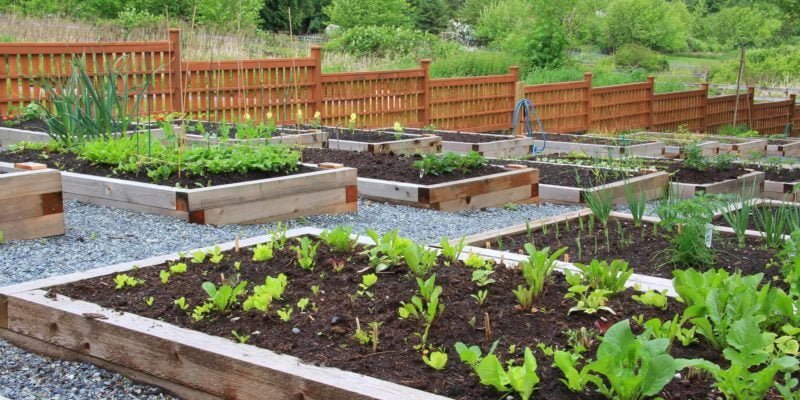
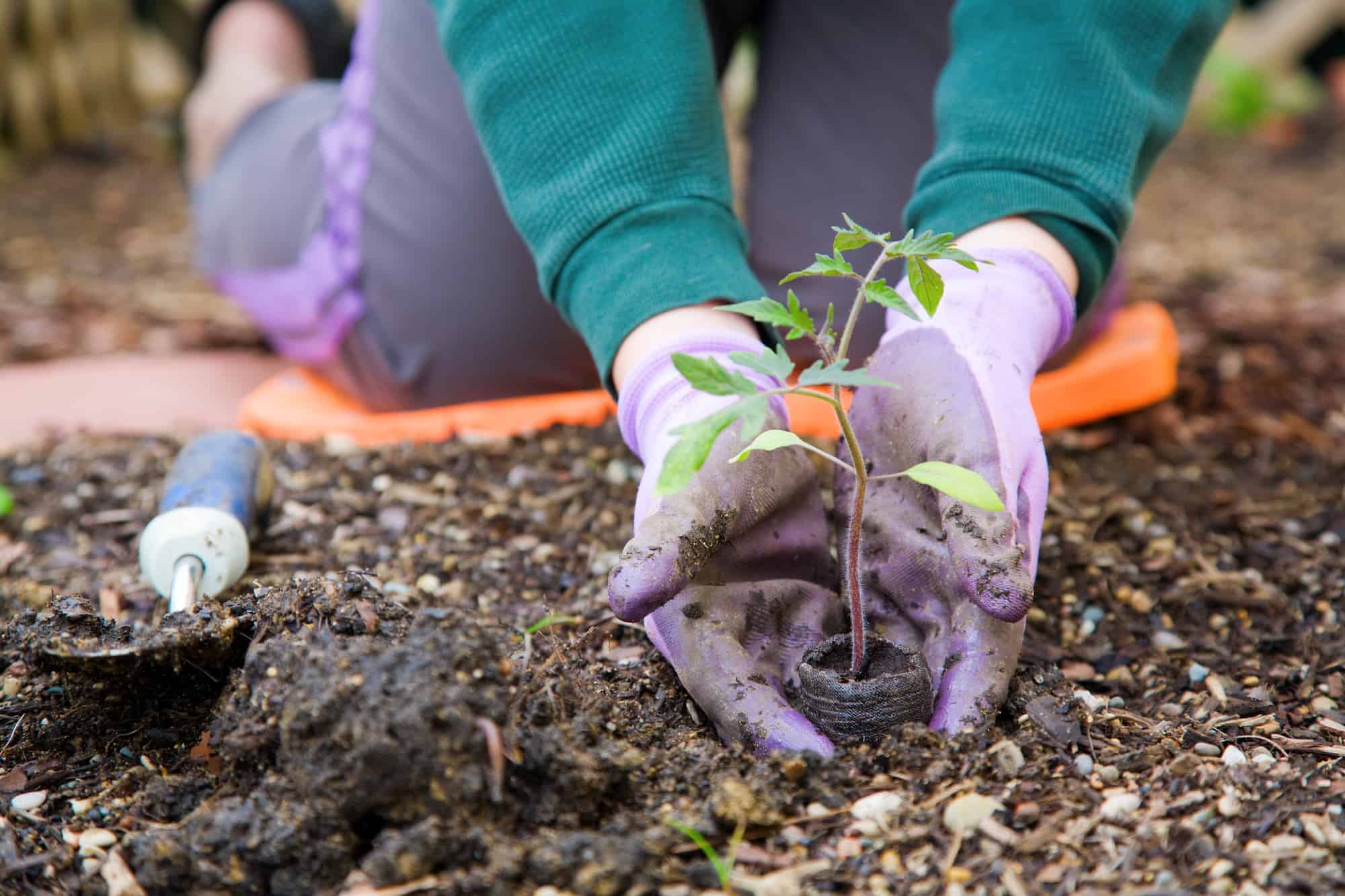

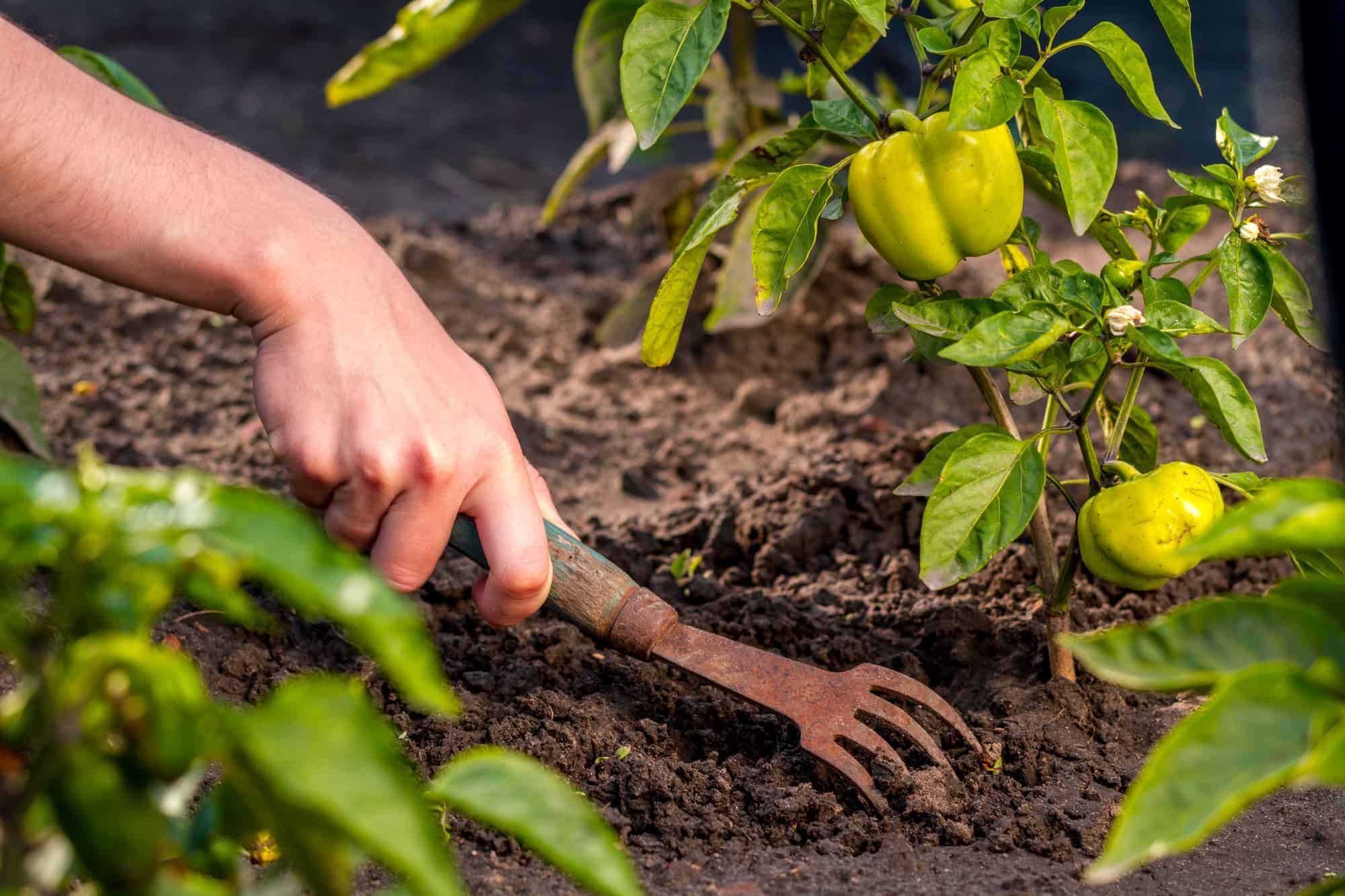


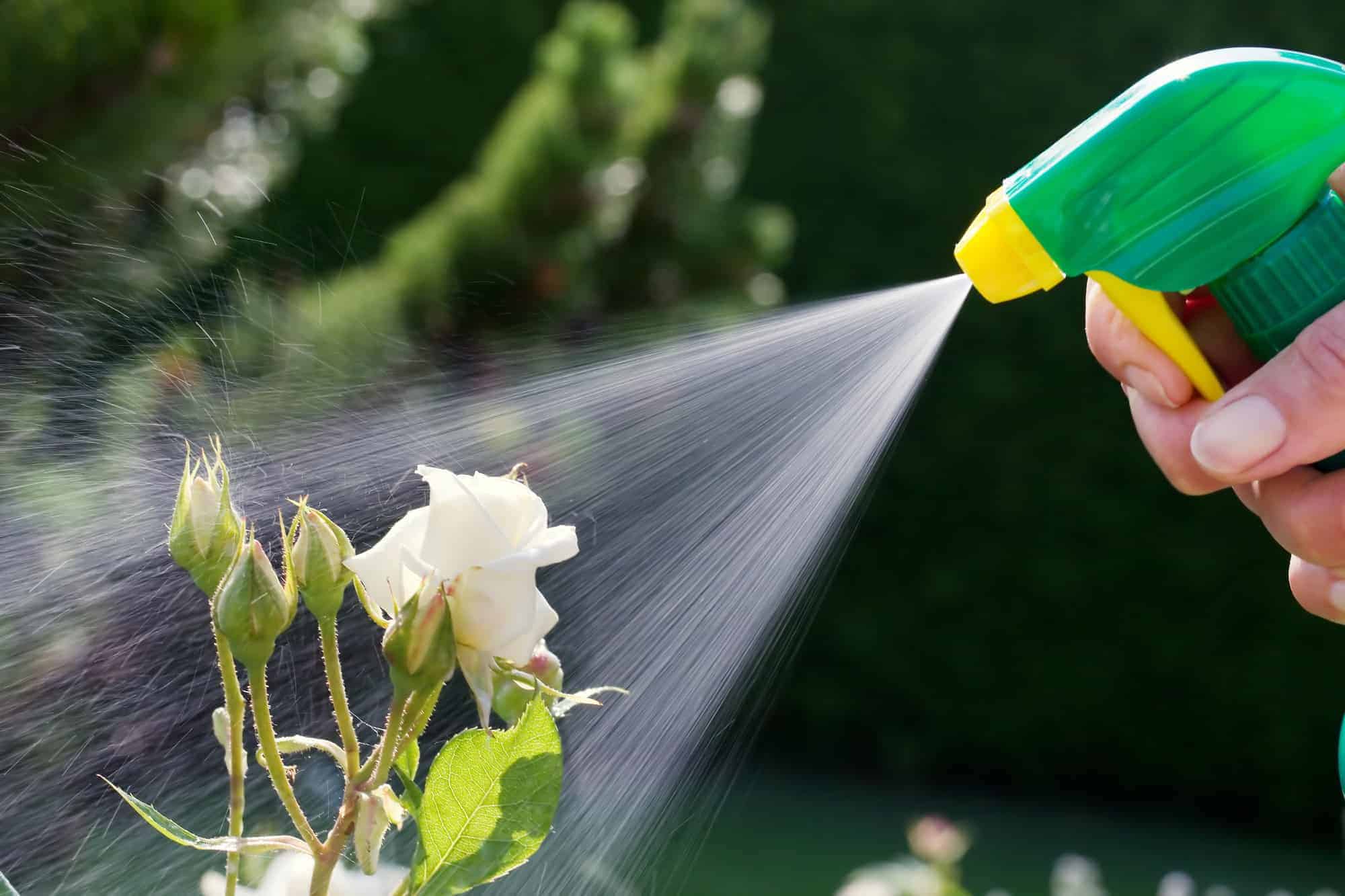

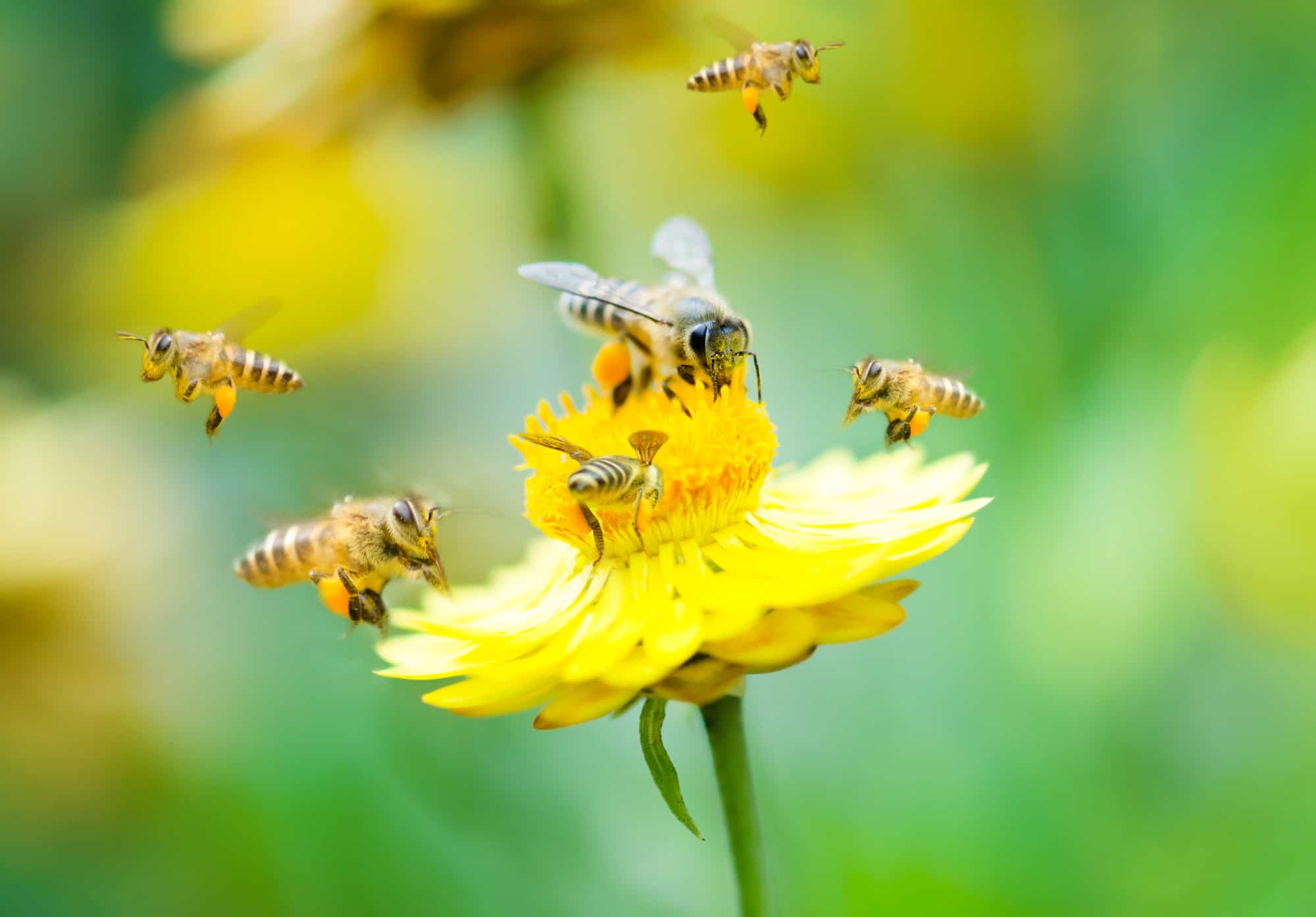
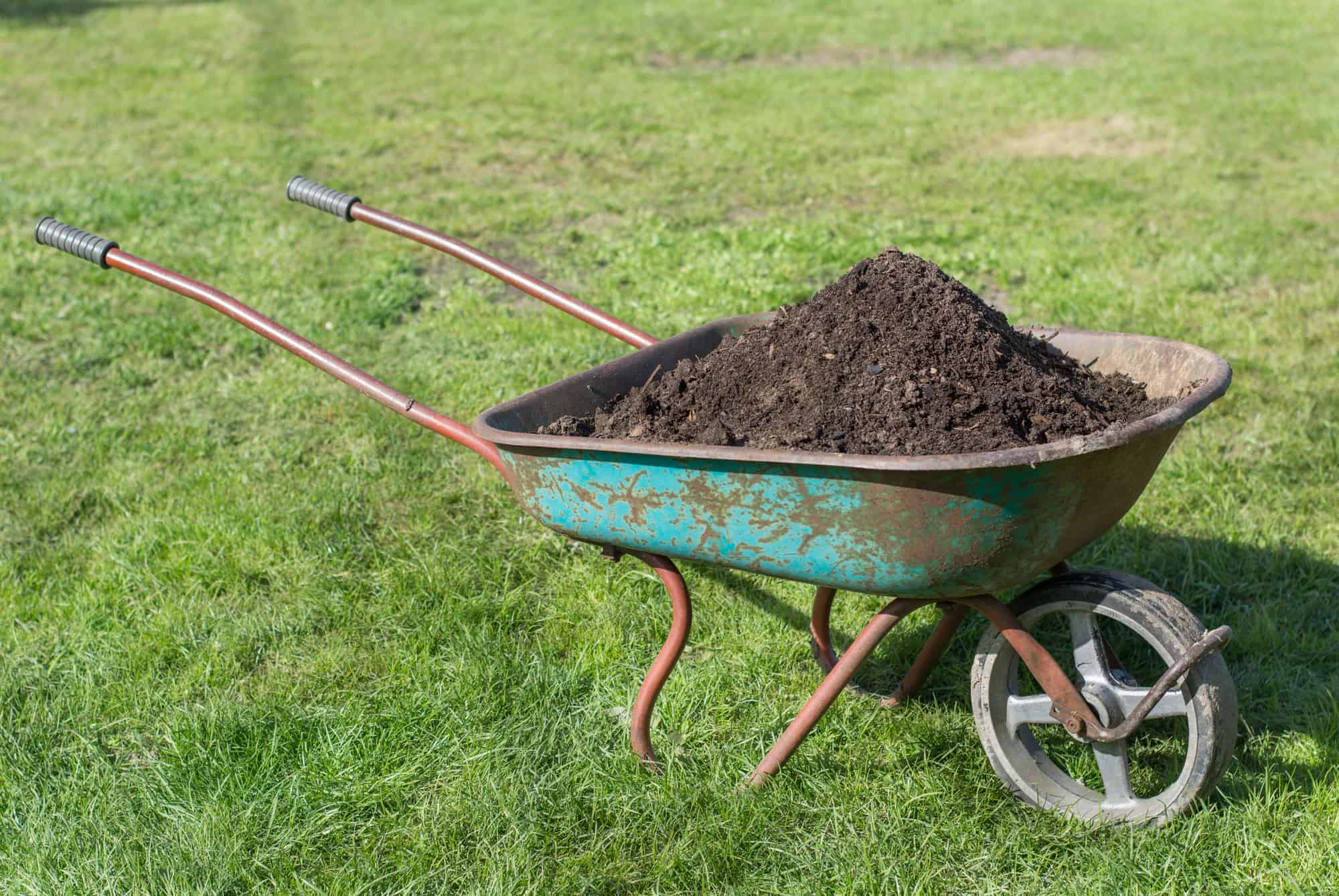


 Monsanto Attempted to Squash This Report on Glyphosate–Discover What They Don’t Want You to Know!
Monsanto Attempted to Squash This Report on Glyphosate–Discover What They Don’t Want You to Know!
Burpee purchases seeds from the garden seed department of Seminis, a Monsanto (roundup) subsidiary. If your avoiding funneling money to Monsanto, avoid them. …sadly it’s getting harder and harder to avoid them.
I personally really like using Happy Frog potting soil and Botanical Interest seeds. I’m wondering what the verdict is on those two brands?
Hi! thank you for the article. What would be a good recipe for a home made mix for soil?
Happy gardening! 😉 We used treated, cheap, pine decking painted with Thompson’s water seal for our garden raised beds. Ours are four boards thick, so that makes them 2 feet high from the ground. They are 12 feet long and 4 feet wide. We use soil from the property to fill the bottom of the beds, and then we add compost, humus and manure, worm castings, organic garden soil and mulch. If you are low on space, consider adding cattle panels (hard wire) bent between your beds in an arch so that you can grow things vertically such as cucumbers, pumpkins, squashes, tomatoes, beans, peas, and anything else that will vine.
Dept. of Ag wants to treat Ailanthus trees on my property with triclopyr herbicide and/ordinotefuran insecticide in order to combat spotted lanternfly….assuming I have these trees.
10 acres of mostly woods.
My organic garden is roughly 125×75, I have chickens, pets and use well water.
Looking for feedback. Thanks
where are those raised beds located? and is there a way i can talk to the person who has them? i have a similar situation with a sloped area i want to put raised beds. would like to ask some questions, regarding spacing and other items.
What did you use to frame garden beds?
Wonderful and comprehensive. Thank you!
If you can add any of the following plants to your garden, these can help fix the nitrogen in your soil/garden and assist all the other plants surrounding them JUST BY BEING THERE!:
Lupine
Bayberry
Golden chain tree
Sweetfern
Bird’s-foot trefoil
False indigo
Scotch broom
Autumn olive
Sweetpea vines
Seaberry
Buffaloberry
Goumi (a favorite edible flecked with gold)
Iona berry
Vetch, Alphalfa, Peas, Beans
If you curious, just google nitrogen fixers. Happy gardening!
Great timing and you are such a lifesaver!!